Legendary Nevadans: Wyatt and Virgil Earp
February – April 2022
Wyatt and Virgil Earp
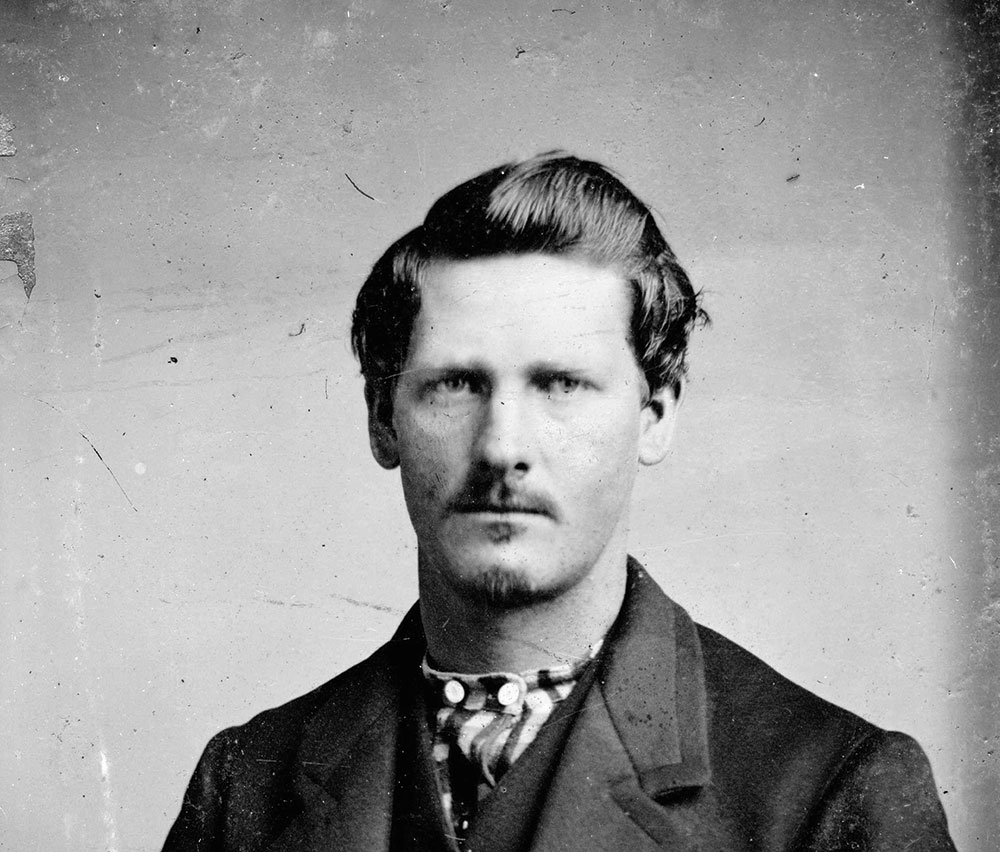
All Nevada is a stage, and cowpokes, artists, activists, and visionaries are players in a drama centuries in the making. Whether born or raised, these special characters aren’t just Nevadans: they’re Legendary Nevadans.
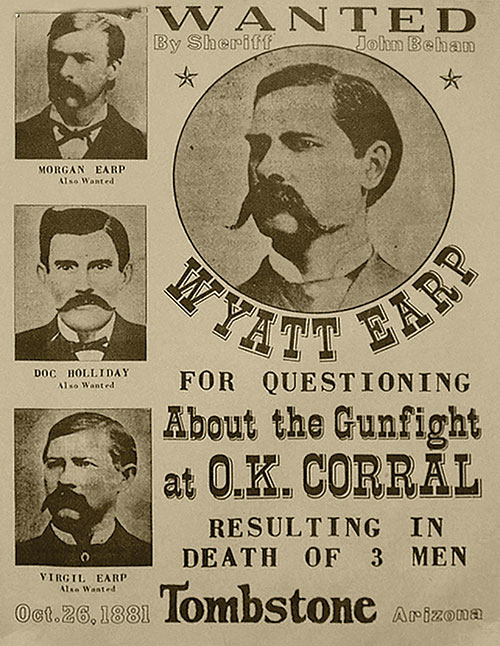
Showdown
On a cold October day in 1881, four men approached a group of cowboys gathered in an alley. These four represented the law in Tombstone, Arizona: City Marshal Virgil Earp, his brothers Wyatt and Morgan, and Doc Holliday.
Reports of what happened next run the gamut from massacre to a fair fight, but 30 seconds later, three cowboys were dead and the West’s most famous shootout at the O.K. Corral entered the history books—guaranteeing posterity would know the names Virgil and Wyatt Earp.
The Brothers Earp
The Earp brothers epitomized those who tried to scrape out a life on the frontier. Born of a stock of eight siblings—including Morgan, who was killed in retribution shortly after O.K. Corral—the brothers slowly drifted west, eventually ending up in Nevada.
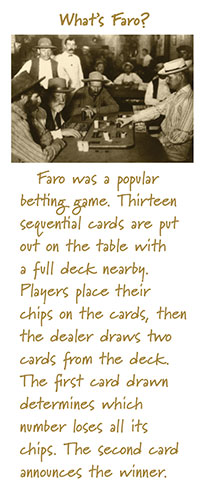
At 21, Wyatt took his first job in law enforcement in Missouri, but his work as a constable ended abruptly when he was accused of embezzlement. Wyatt skipped town and spent the next few years drifting the Great Plains, taking up work on the other side of law as a horse thief, gambler, and all-around carouser. He ended up in Dodge City where he became assistant marshal.
A few years later, Wyatt moved to Tombstone to work alongside Virgil as a deputy—also running a Faro game on the side. In Tombstone, he met his future wife Josephine, who had just run away from home with an actor in a traveling troupe. Wyatt and Josephine fell in love, and she would be his traveling companion and adventuring partner for the next 49 years.
After the incident at the O.K. Corral, the brothers skipped town and went their separate ways (but not before killing two more cowboys on their way out). Virgil went to Colton, California, and ran for marshal. Losing that election, he returned to Arizona to try his hand at farming. Wyatt went north to Alaska and lived the life of a prospector alongside Josephine.
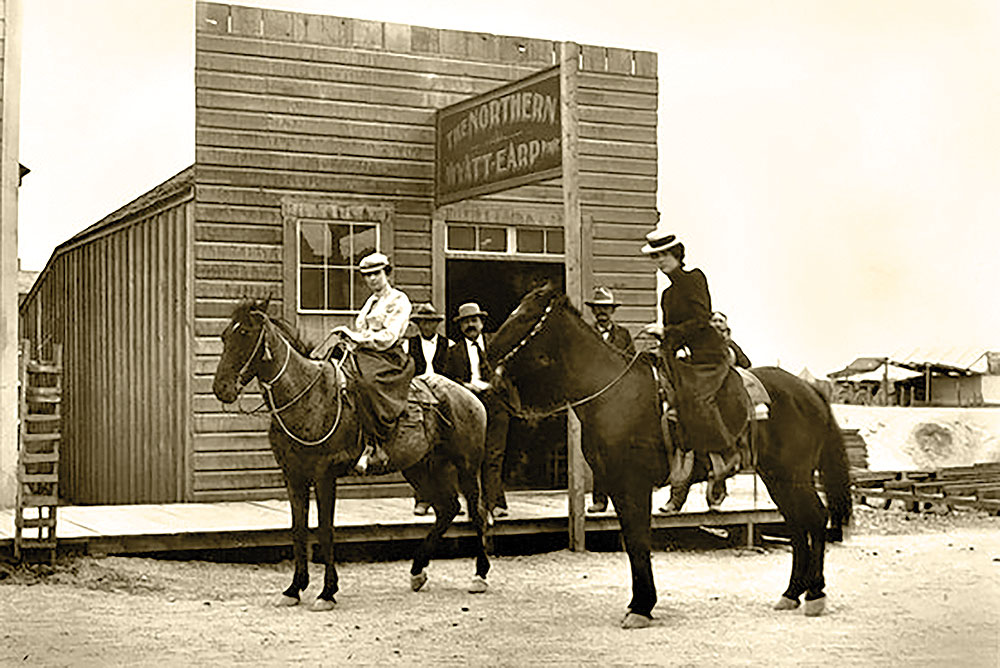
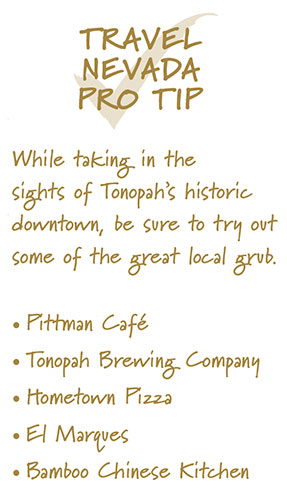 Wyatt Earp in Nevada
Wyatt Earp in Nevada
In 1902, Wyatt and Josephine heard talk of a town called Tonopah—hardly 2 years old by then—in the Nevada desert. Gold and silver had been discovered, and the camp of 40 men in early 1901 quickly became a community of more than 3,000. The couple made their way to Nevada, arriving in Tonopah during a blizzard.
Once established, the old gunslinger took up work as a deputy marshal and co-founded a saloon called The Northern; the watering hole saw good business with his famous name attached to it. Local mining interests hired Wyatt to a private police force that principally operated to snuff out claim jumpers—individuals who mined at a site to which they had no legal claim.
When he wasn’t working, he and Josephine enjoyed wandering the hills around town, prospecting and looking for the next big strike.
There are stories—likely urban legends—about Wyatt’s stint as a lawman in Tonopah. One such tale: when informed he shouldn’t shoot anyone except out of self-defense, Wyatt said that he would be the judge of when “self-defense” starts. Another tale goes that claim jumpers were working a mine when a man arrived and told them to leave at once. The miners indignantly asked who this man thought he was and told him to mind his business. When the figure responded, “I’m Wyatt Earp,” the claim jumpers fled.
In summer 1903, Wyatt and Josephine decided they’d had enough of Tonopah. They sold their share in The Northern and slowly made their way to California, prospecting throughout Esmeralda County on their way. In all, their Nevadan adventure lasted a little less than two years.
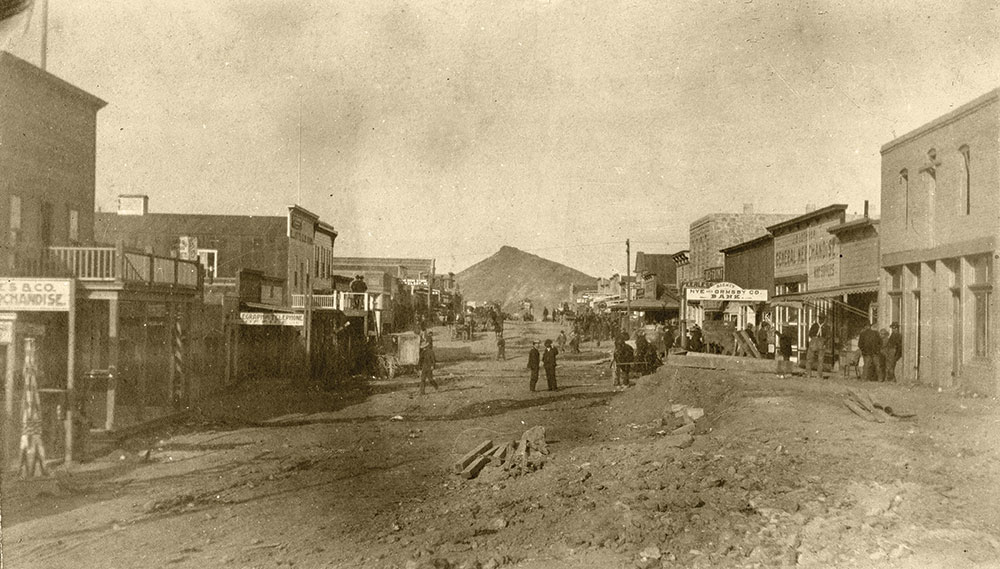
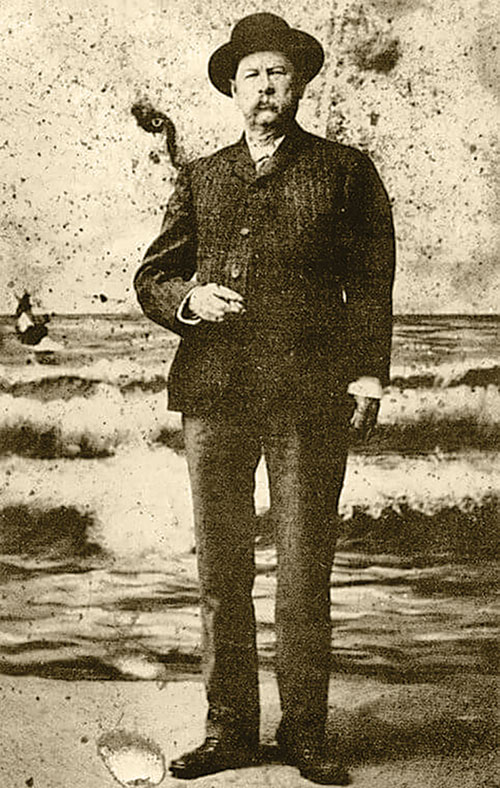
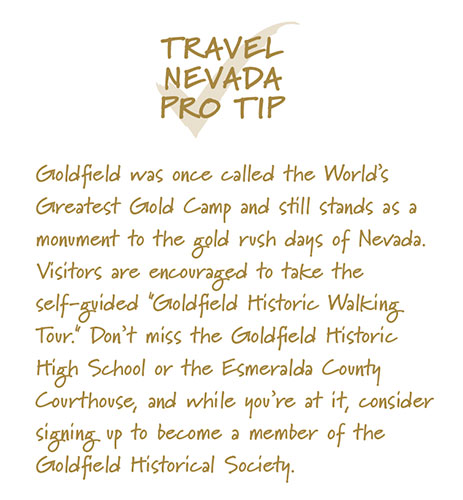
The End of an Era
Goldfield—originally called Grandpa—began as an offshoot of Tonopah. Perhaps one of Nevada’s most famous boomtowns, Goldfield would grow into Nevada’s largest metropolis by 1906 with 30,000 residents—its sister town 30 miles north would hardly reach 5,000.
Virgil Earp and his wife Allie moved to Goldfield in 1904. Virgil decided he too would start a saloon, but found he didn’t have enough cash in a town where everything was expensive. He turned to gambling and soon found himself down to his last few dollars.
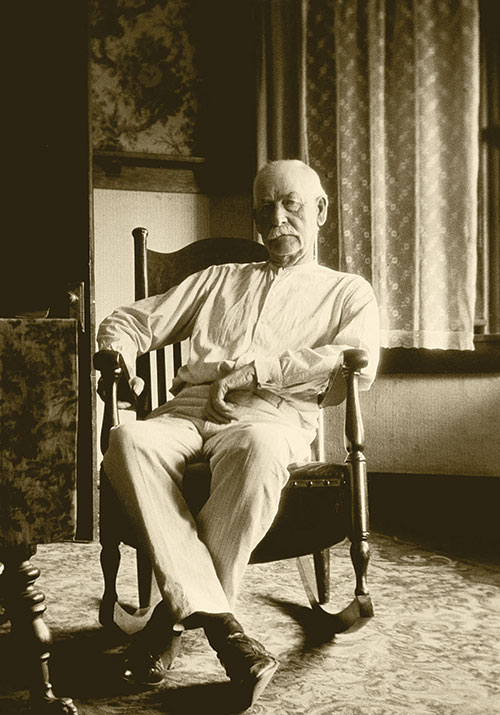
To make ends meet, Virgil returned to law enforcement, serving as deputy sheriff and working security at a saloon called The National. These positions were honorary, however: Virgil was in his early 60s and suffered chronic pain from his hard-fighting lifestyle.
In 1905, Goldfield suffered a pneumonia outbreak, and Verge—as the “Tonopah Sun” called him—died at the age of 62. His last words to his wife on October 19 were, “Light my cigar, and stay here and hold my hand.”
Josephine and Wyatt continued wandering the West, doing what made them most happy: prospecting. They settled in California, and toward the end of Wyatt’s life, set to work memorializing the lawman’s career.
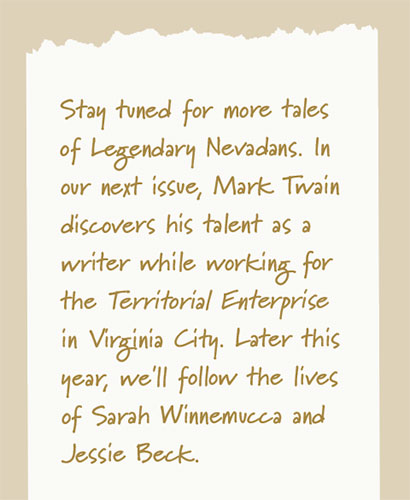 Two years after Wyatt’s death in 1929 came the best selling, semi-true biography “The Life and Legend of Wyatt Earp.” The nascent American movie industry—recognizing the public’s appetite for Wild West legends—immortalized the Earp brothers, and they would be portrayed on the silver screen throughout the 20th century.
Two years after Wyatt’s death in 1929 came the best selling, semi-true biography “The Life and Legend of Wyatt Earp.” The nascent American movie industry—recognizing the public’s appetite for Wild West legends—immortalized the Earp brothers, and they would be portrayed on the silver screen throughout the 20th century.

